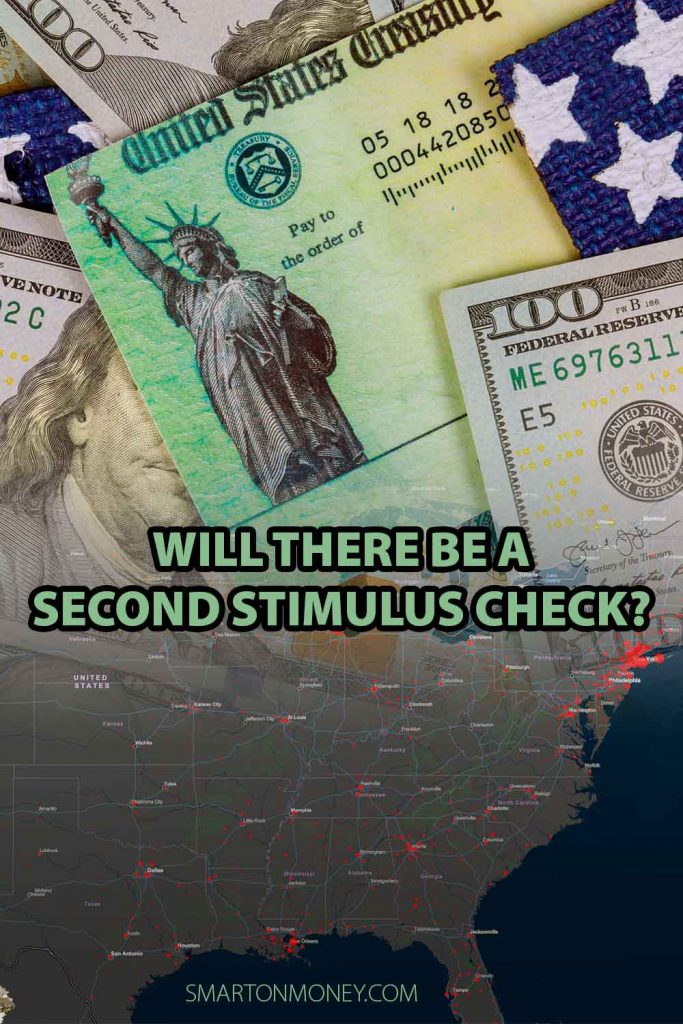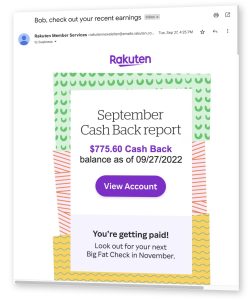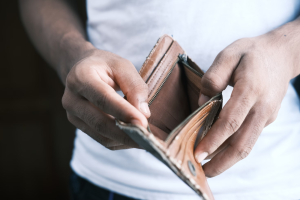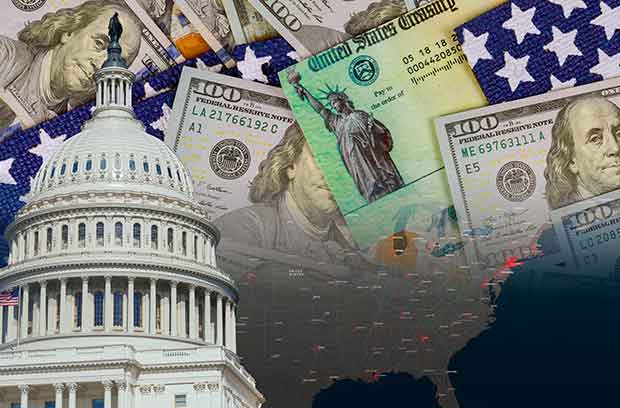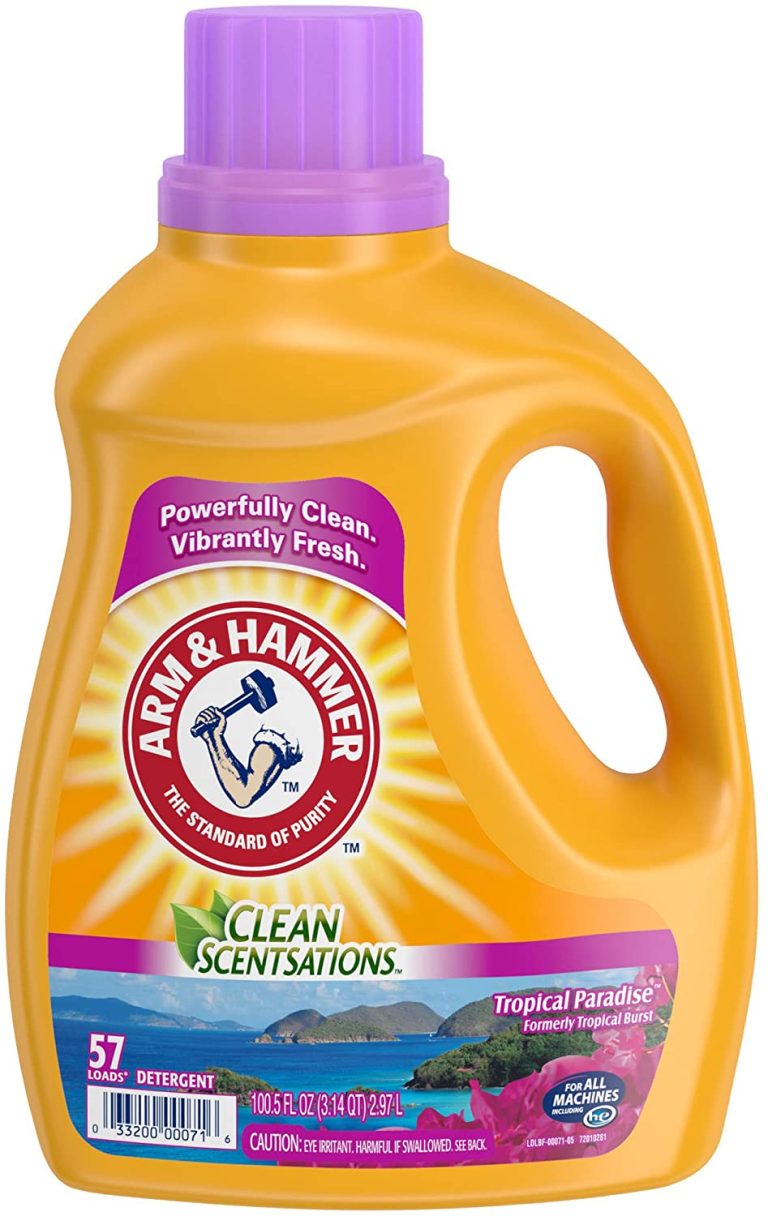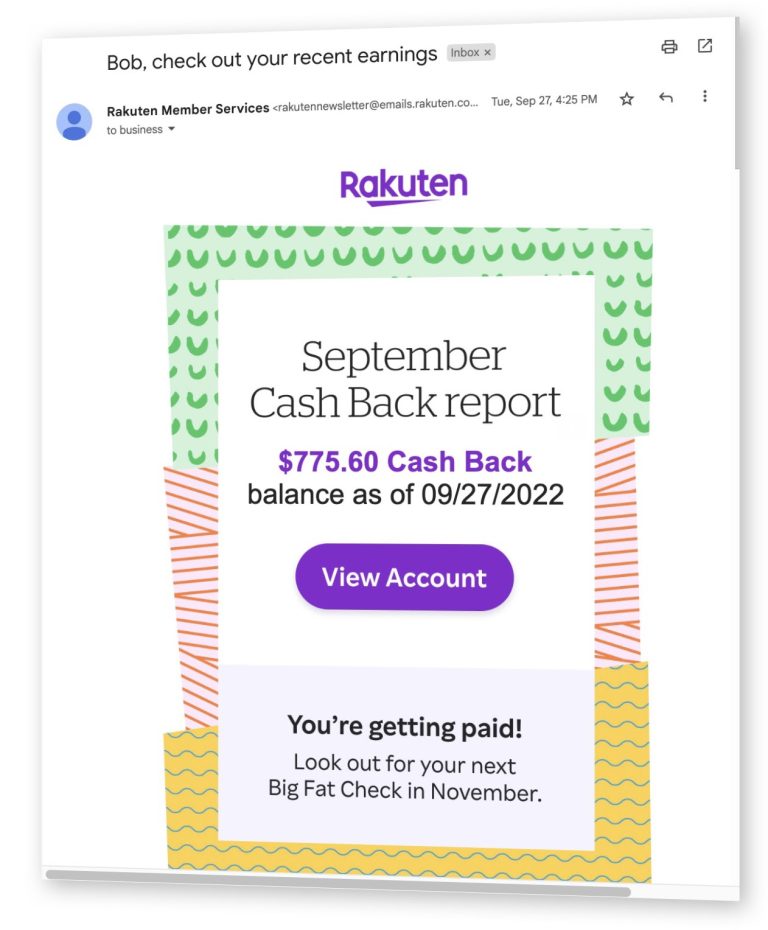There’s a good chance that you’ve already received your stimulus check, courtesy of the federal government’s CARES Act.
If you haven’t received your check yet, head to the government’s Get My Payment web page. (Some people have had problems on that form, but after the IRS made updates to the Get My Payment database, it’s much more helpful.)
This is a page that helps you check on the status of your stimulus check funds. If you haven’t received your stimulus check yet, it could be that your check is being mailed. Or it could be that you didn’t file your taxes for 2018 or 2019.
The 2018 and 2019 filed tax returns are the primary gauges the Fed is using to determine stimulus check eligibility.
Note that if you did not need to file a 2018 or 2019 tax return, you can go to the non-filers page and get information on how to receive your stimulus check.
Note that the non-filers form will not help you if you are required to file your taxes but didn’t. This page is only for those who are not required to file tax returns for those years. If you still need to file your 2018 tax returns, your best bet is to get that done as soon as possible.
CARES Act Second Stimulus Check
The stimulus checks are a much needed boost for most families during the COVID-19 shutdown period, as many businesses are completely closed down. That means many working Americans are now out of work.
When the government was working out details of the stimulus package, there was talk of a potential second stimulus check distribution as well. But will Americans see a second stimulus check due to the COVID-19 shutdown?
As the COVID-19 events began to unfold, the government rolled out a series of aid packages to help individuals and businesses deal both with the virus itself and with the economic impact the virus has had on our country.
The three aid packages Congress and President Trump have worked together to approve and sign into law so far include:
- An $8 billion aid package designed to fund testing, treatment, prevention (i.e. vaccine development) and other medical related expenses associated with COVID-19. This law was enacted in early March.
- A $100 billion aid package that included a limited expansion of unemployment benefits. This package also included paid sick and family leave protections and funds to accommodate free testing for COVID-19. This law was enacted mid-March.
- The $2.2 trillion CARES (Coronavirus Aid, Relief and Economic Security) Act, which includes stimulus checks, expansion of unemployment benefits including $600 extra each week to unemployed persons, unemployment benefits to self-employeds and “gig” workers and more.
As far as stimulus check details go, the law approved for each adult to get a$1,200 stimulus check, as long as they couldn’t be claimed on someone else’s taxes. Parents who had children under 17 years of age would also get an additional $500 per child.
Income Limits For Receiving A Stimulus Check
There were income limits for the stimulus check payout as well. The following individuals would get stimulus checks for the fully approved amount.
- Single persons who had an adjusted gross income of under $75,000
- Head of households who had an adjusted gross income of under $112,000
- Married couples who had a combined adjusted gross income of under $150,000
If you made over that amount, you might still qualify for a stimulus check. Those who made over the maximum income limits to receive a full payout still received a reduced check amount based on their income.
However, if you made over the maximum income limits as listed below, you got nothing.
- Single persons who had an adjusted gross income of at least $99,000
- Head of households who had an adjusted gross income of at least $136,500
- Married couples who had an adjusted gross income of at least $198,000
The income numbers the government used to determine eligibility were based on your 2019 tax return. If you haven’t yet filed your 2019 tax return, they’ll use 2018 numbers to determine your eligibility.
As stated earlier, those who are not required to file tax returns can use the non-filers form linked to above to get their stimulus check.
However, if you are required to file your taxes and simply haven’t yet filed for 2018, you’ll need to get those taxes filed before you can talk to the government about getting a stimulus check.
Stimulus Check Amount Examples
To further clarify, here are some examples on what an individual or family might get for their stimulus check based on the income limits set for this first round.
Example 1: A single mom with four kids aged 12, 14, 16 and 19, and with an income of $105,000 (head of household filing) would get $2,700. That amount would include $1,200 for herself, and $500 for her three kids that are under age 17. There would be no stimulus funds for her 19-year-old, either directly or indirectly, provided the mom still claims the 19-year-old as a dependent on her taxes.
Example 2: A married couple with one child aged 6 and with an income of $145,000 would get $2,900. This would include $1,200 for each marriage partner and $500 for the 6-year-old.
Example 3: A single woman with no dependents has an income of $85,000. She would be eligible for a $700 stimulus check. The amount would be reduced by $500 because her income is over $75,000 but under the $99,000 limit.
Of course, there are hundreds of varying simulations we could give here. However, if you visit the H&R Block Stimulus Check Calculator, you can find out for yourself how much your stimulus check will be.
How Does the IRS Determine Stimulus Check Payment Route?
So, how will you get your check if you haven’t yet received it? If you file your taxes and include your bank account information for receiving a refund, the IRS will plan on sending your stimulus funds via Direct Deposit to that bank account.
If you still receive your tax refund via mailed check, you can plan on receiving any stimulus funds you’re eligible for in the same manner.
The first stimulus checks were deposited to individuals’ bank accounts starting on or around April 15. If you think you are eligible for a stimulus check but haven’t received one, check on your money by using the Get My Payment tool from the IRS.
What About That Second Stimulus Check?
So, if you’re eligible for a stimulus check, you might be wondering whether or not a second stimulus check is coming. There are a few different ideas and plans Congress and President Trump are throwing around in terms of a second stimulus check.
Both the President and members of Congress have mentioned that one stimulus check may not be a big enough help in getting the U.S. economy back on track.
From President Trump during an April 6th news conference:
“We could very well do a second round,” Trump said. “It is absolutely under serious consideration.”
The President seems to be committed to allocating more funds to help Americans stay afloat or get back on track if necessary.
Emergency Money for the People Act
More recently, Congress members have made two separate proposals regarding additional stimulus funds. The Emergency Money for the People Act was introduced by representatives Tim Ryan (D-OH) and Ro Khanna (D-CA).
This act, if approved, would allocate funds of $2,000 per month for every qualifying American over 16 years of age, for up to 12 months. The proposed income limits for this package would be much higher, up to $260,000 for married couples.
And there would be additional funds for people with minor dependent children.
Rent and Mortgage Cancellation Act
Another act, the Rent and Mortgage Cancellation Act, was introduced by representative Ilhan Omar (D-MN). This act would effectively cancel all mortgage and rent payments for qualifying Americans on their primary residences for up to one year. Or during the duration of the pandemic.
The act includes features such as:
- Full rent or mortgage payment forgiveness
- No accumulation of debt for renters and homeowners
- No negative impact on their credit history
- A relief fund for landlords and mortgage holders to cover losses
While neither of these acts have been passed as of this writing, they are both on the table as Congress and President Trump consider additional ways to get more money to struggling Americans.
And if the American economy and the Coronavirus continue on the way they have been for the past couple of months, we can have some confidence that additional stimulus funds in some form will be approved. Or, at the very least, strongly considered.
Don’t Wait for Another Stimulus Check
So many Americans have been impacted tremendously by COVID-19 and the economic fallout from it. With the most recent GoBankingRates survey showing that more than 70 percent of Americans have less than $1,000 in savings, it’s obvious that additional stimulus funds would help the people.
However, you can create your own stimulus package as well. You could start selling items you own and no longer need, pick up a food delivery job or start your own side hustle gig. Here are some articles that can give you some ideas about how you could start earning more money.
